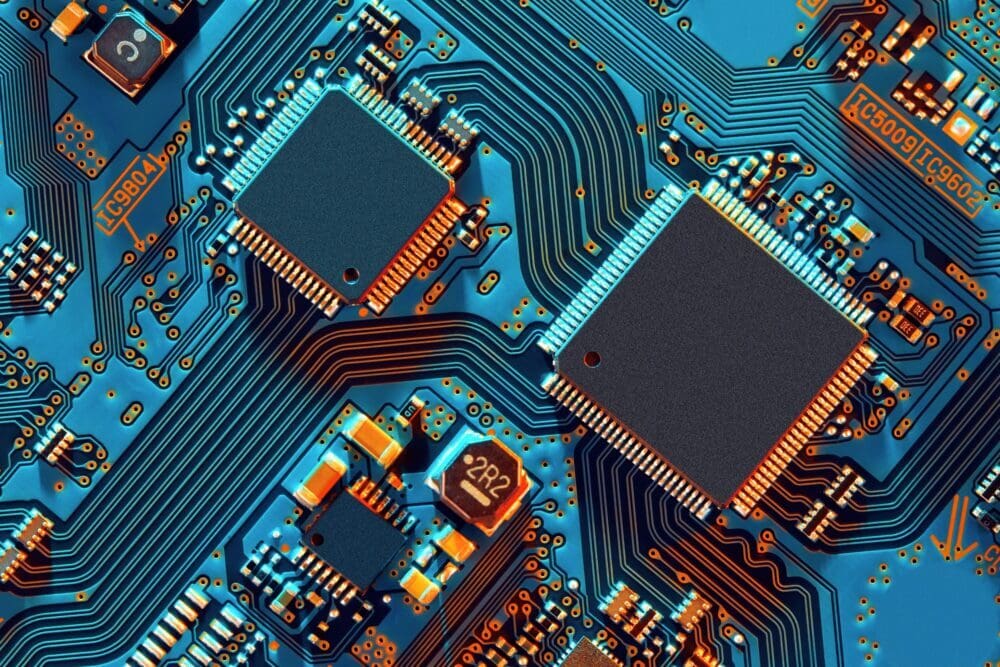30 May, Cologne, Germany – Thalia Design Automation Ltd., provider of analog and mixed-signal circuit IP reuse platform, today announced its core Design Enabler product has been enhanced to significantly boost the value it brings to product development teams in both optimizing the performance of migrated designs and improving or preserving layout.
An improved set of Machine Learning (ML) algorithms in Thalia Design Enabler now presents the designer with the best solution by balancing circuit and layout requirements. The ML algorithms go further in factoring in the impact of layout changes, and further simplify an effective migration by preserving, improving and validating the topology and the floorplan.
Design Enabler is part of the powerful AMALIA IP Reuse Platform that enables cost-effective re-use of analog and mixed signal integrated circuits. The technology agnostic Design Enabler software enables users to efficiently centre designs after migration from one technology to another.
By quickly identifying the minimum set of devices needed to adjust the design the tool reduces the number of changes required in layout while improving performance. With the use AI and machine learning this software can make significant savings of up to 50% time and resources.
The new enhancements to Design Enabler’s algorithms improve time to market advantages and cost savings by balancing improved performance of the design with essential layout requirements to present the designer with multiple solutions.
A Thalia customer case study provides an example of a 45% reduction in design time using the existing Design Enabler:
Thalia has now deployed Machine Learning (ML) across all of its AMALIA platform to analyze waveforms and to propose the ideal solution for the designer, based on differential analyses.
Christopher Yates, VP Software Engineering at Thalia, commented, “Customers using Design Enabler tell us they’re saving at least half of their original re-design time, and with the enhancements we’re announcing today, we expect our customers to see immediate benefits both in optimizing the performance of their design and quickly and easily being able to balance this against the best layout to suite their design.”


